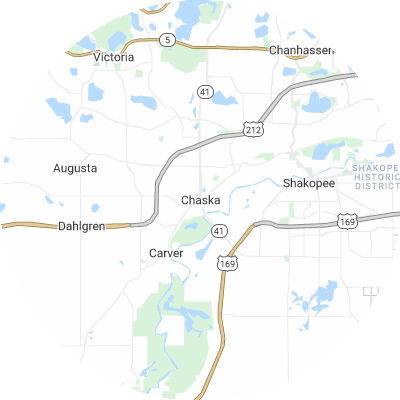Signs You May Need Gutter Guards
While gutter guards aren't always necessary, the signs of obstructed gutters are clear. Issues stemming from persistent gutter problems include:
- Visibly saggy, damaged, or misaligned gutters that no longer direct rainwater correctly
- Leaky joints or seams where water leaks out of gutters
- Frequent clogs that cause overflow and water to spill over gutters
- Mold growth, peeling exterior paint, or interior water stains on walls near gutters.
- Soggy ground or visible erosion around your foundation
How To Choose a Gutter Guard Installer
Assess Their Experience
When choosing an installation company, look for one with extensive experience and knowledge about numerous brands and guard types. An experienced company will understand how to take measurements and install gutter guards for your specific needs. Check a company's years of experience and request referrals from local customers.
Verify Proper Licensing and Insurance
When speaking with potential installation providers, always confirm that they are licensed, bonded, and insured with both workers compensation and general liability protection. This protects you if any injuries or accidents happen. Ask for current licensing and insurance papers from potential providers.
Choose Reputable Brands
Look for installers that provide tenured trusted gutter guard brands such as LeafFilter and Gutter Helmet. Steer clear of companies that only offer generic no-name guards or their own off-brand products. These lesser-known products may lack rigorous testing.
Seek Custom Fit Services
Gutter guards should be measured and trimmed on-site to match your gutters. Choose a company that custom measures and trims guards for your house rather than using universal guards. Guards fitted for your home leave no gaps for debris accumulation.
Examine Warranties
Leading gutter guard companies often offer 20-year or lifetime warranties for rust, clogs, leaks, and other issues. When choosing a company, look into the warranty details for both materials and workmanship guarantees. Warranties provide the best protection for your gutter investment.
Check Reviews and Referrals
Be sure to check online reviews on Google Reviews, Yelp, the Better Business Bureau (BBB), and other review sites to see customer feedback. Ask neighbors which companies they recommend for quality local gutter guard installation. When researching, look for providers with plenty of satisfied customers rather than only one or two sporadic reviews.
Types of Gutter Guards
There are six most common types of gutter guards. These include the following:
- Brush guards are what they sound like: large brush bristles that sit in your gutters and block debris while letting water through. Brush guards cost around $4.11 per linear foot.
- Foam guards are large pieces of foam that rest in your gutters to block debris. They're light and easy to install. Foam guards cost around $2.51 per linear foot.
- Screen guards have large holes that let water through while keeping debris out. Screen guards cost roughly $5.76 per linear foot.
- Mesh guards stop debris but let water through. Mesh guards have even smaller holes than screen guards. They're durable and encourage debris to slide off as opposed to sitting on top of your gutters. Mesh guards cost roughly $5.20 per linear foot.
- Micro-mesh guards have even smaller holes than mesh guards, allowing even less debris into your gutters than mesh. These guards are extremely effective. Micro-mesh guards cost roughly $6.18 per linear foot.
- Surface tension guards, also called reverse curve guards, use surface tension to let water flow into gutter system while debris slides off. Generally, they can be seen from the ground. Surface tension guards cost roughly $4.18 per linear foot.














